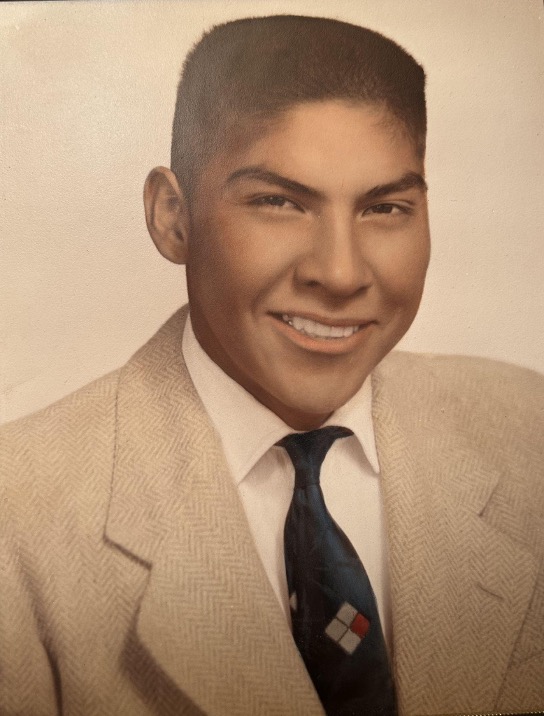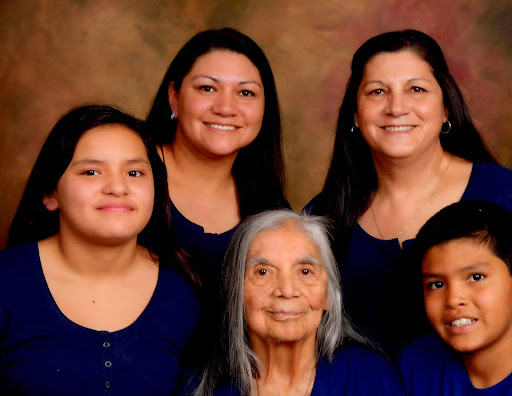Overview
Marvin Sam: Changes for Land Mean Changes for Traditional Foods

Authors: Kellie Harry (Pyramid Lake Paiute Tribe member, Wel-mel-ti Washoe descendant) and Jesse Blackburn
Lesson partner: Rebecca Lowry, Humboldt County Office of Education
Honoring Our Ancestors: Sierra Valley Wel-mel-ti Unit (Lesson 2 of 3)
Lesson 1 - Carmelita Evans DeLucchi: Preserving Wel-mel-ti Culture and Traditions Through Oral History
Lesson 2 - Marvin Sam: Changes for Land Mean Changes for Traditional Foods
Lesson 3 – Wilbur Smith: Wel-mel-ti Values Across Places, Cultures, and Changes
Grade: 2

Suggested Amount of Time: 65-70 minutes
Curriculum Themes:
- History
- Cultural Strengths
- Relationship to Place
- Cross-Curricular Integration
Learning Goals
- Apply new vocabulary terms
- Summarize the biography of Marvin Sam
- Identify traditional foods and methods of harvest
- Illustrate a camas plant
- Reflect on maintaining food and celebration traditions in one’s family
- Design and label a traditional foods garden
Lesson Overview
This lesson provides insight into how life changed for the Wel-mel-ti in Sierra Valley as their traditional foods and practices were impacted by the influx of immigrant settlers. Historically, the Wel-mel-ti thrived in a reciprocal relationship with their environment, caring for the plants and animals that provided nutritious sustenance, medicine, economy, and more for them. However, current land use practices have made harvesting traditional foods much more difficult. Students will design a garden with some of these traditional plants, considering how this not only helps the grower with a harvest, but also begins to restore natural landscapes.
Knowledge keeper Marvin Sam is the last living Wel-mel-ti of the area who experienced this time of extreme change in lifestyles, and Mr. Sam provided primary source information for this lesson, including an interview video.
Teacher Background
Marvin Sam is my grandmother’s younger cousin. Marvin was born at the Stewart Indian Boarding School in Nevada and raised in the “Old Indian Camp” above Loyalton, California, where his family had lived for many generations before the town existed. When a lumber mill was developed on the property, mill owners for a time permitted the Wel-mel-ti to remain in their homeplace as they worked for the mill. After new owner Sierra Pacific Industries disallowed this residential use of their property, Marvin then lived through the transition of the Wel-mel-ti being forced to move into Loyalton.
Although Indian boarding schools were not mandated in the Sierra Valley, Marvin chose to attend Chemawa Indian Boarding School in Salem, Oregon. He returned after two years, unhappy with the harsh assimilation strategies, especially when students were punished for speaking their Native languages. He completed school in Loyalton and continued to work, later settling in Susanville, California, with his wife and children. Like Carmelita, Marvin holds on firmly to his cultural values and traditions of the Sierra Valley, believing it’s important to both remain Wel-mel-ti and be successful in today’s world.
– Kellie Harry, with Jesse Blackburn

